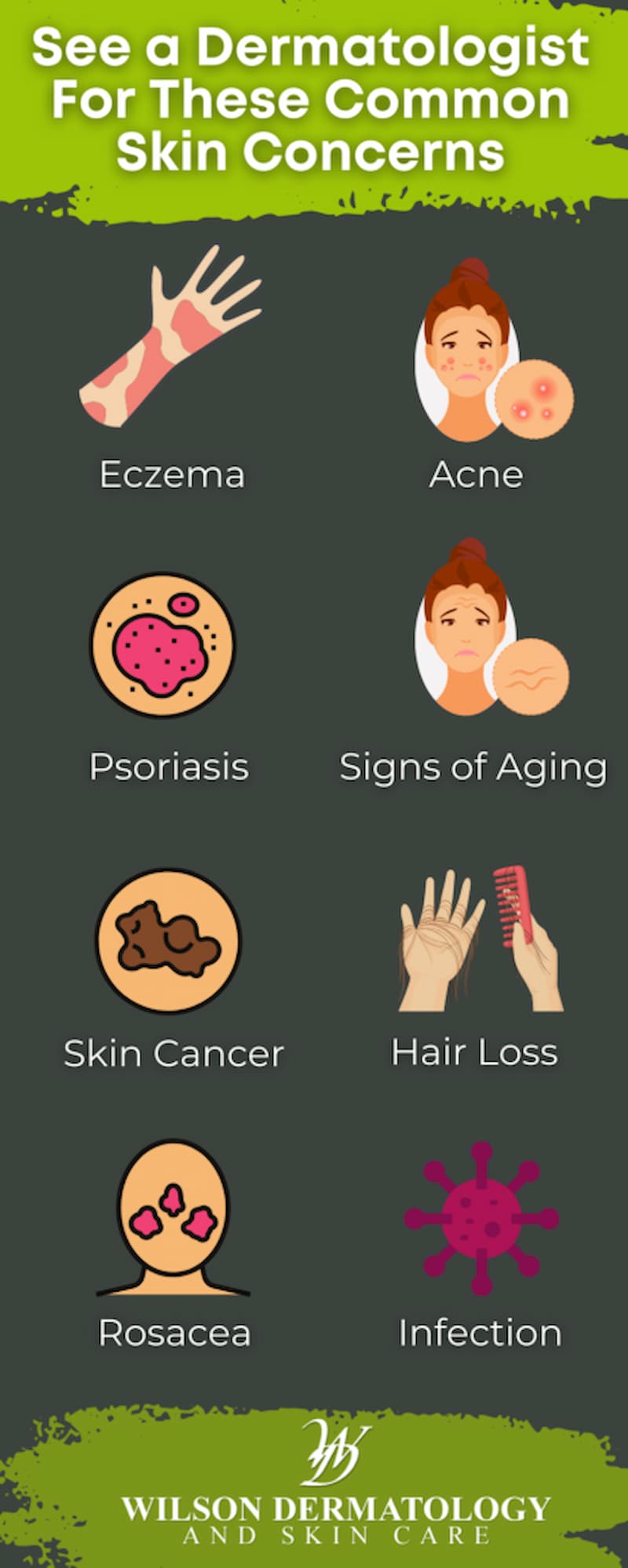Address your hair loss by visiting a professional hair care expert.
Address your hair loss by visiting a professional hair care expert.
Blog Article
Exploring the current Breakthroughs in Dermatology: Mohs Techniques for Efficient Skin Cancer Cells Treatment
In the developing landscape of dermatology, Mohs surgical procedure has become a groundbreaking strategy in treating skin cancer. This method, known for its accuracy and effectiveness, has actually transformed the domain name, supplying a beacon of expect clients with basal and squamous cell carcinomas. As we unpack the intricacies of this procedure and its edge over conventional treatments, one can't aid yet consider the transformative possible Mohs surgery holds for the future of skin cancer cells treatment.
Understanding the Basics of Mohs Surgical Procedure
A considerable variety of individuals internationally are significantly turning to Mohs surgical treatment for skin cancer cells therapy. This specific medical strategy, named after its pioneer Dr. Frederic Mohs, is largely utilized to treat the most common kinds of skin cancer: basal and squamous cell cancers. The procedure entails the elimination of slim layers of cancer-containing skin, which are after that carefully taken a look at to make certain that all malignant cells have been eliminated. This accuracy enables the conservation of as much healthy cells as feasible, lowering the risk of disfigurement. The effectiveness of Mohs surgical treatment is exceptional, boasting the greatest success price among treatments for skin cancer cells, with a reported five-year remedy rate of approximately 99% for new cancers.
The Introducing Role of Mohs Surgery in Treating Skin Cancer
In spite of the myriad of skin cancer cells treatments readily available today, Mohs surgical procedure holds an unique pioneering function. Developed by Dr. Frederic Mohs in the 1930s, this treatment has actually transformed the field of dermatology by supplying the highest possible remedy rate for skin cancer individuals. Mohs surgical procedure is especially reliable in treating aggressive and recurring cancers, making it a preferred selection for skin cancers cells located in cosmetically sensitive or functionally important areas.

The Procedure: A Step-by-Step Malfunction of Mohs Surgery
Undertaking Mohs surgery entails a meticulous, step-by-step process made to eradicate skin cancer cells while preserving healthy cells. Each layer is thoroughly checked out under a microscope to inspect for cancer cells. Unlike traditional techniques, Mohs surgical procedure enables the specialist to precisely establish when the cancer has actually been entirely gotten rid of, decreasing the requirement for additional therapy.
Secret Perks of Opting for Mohs Surgery: Efficacy and Precision

Mohs Surgical treatment vs. Standard Skin Cancer Treatments: A Comparative Analysis
The comparative analysis between Mohs surgery and standard skin cancer therapies necessitates a comprehensive understanding of both approaches. The first component of the examination will certainly decode the procedure of Mohs surgical treatment, adhered to by an expedition of standard treatments. The final aspect of the comparison will focus on the effectiveness of each method, providing a clear contrast in between Mohs and conventional therapies.
Recognizing Standard Therapies
Clients battling skin cancer cells usually challenge a bewildering array of therapy alternatives. Topical chemotherapy involves using a lotion or gel straight onto the skin cancer. The choice of treatment demands a mindful balance in between eliminating the cancer cells thoroughly and maintaining as much healthy skin as feasible.
Deciphering Mohs Surgical Procedure
Significant improvements in medical science have actually led the way for more nuanced and patient-friendly techniques to skin cancer cells therapy. One such innovation is Mohs surgery, a specialized treatment that masters treating particular kinds go to my blog of skin cancer cells. Unlike conventional treatments that frequently remove extra healthy skin around the tumor, Mohs surgery is an accurate strategy that involves getting rid of skin cancer cells layer by layer while taking a look at each layer under a microscope up until no cancer cells continue to be. This not only guarantees full removal of cancer but likewise lessens damage to bordering healthy cells. Mohs surgical procedure is not suitable for all skin cancers and person conditions, hence demanding a careful analysis by skin specialists. The choice in between Mohs and traditional treatments mainly relies on the specific situations of each patient.
Effectiveness Contrast: Mohs vs. Typical
While both Mohs surgery and standard skin cancer therapies have their advantages, a comparative analysis reveals distinctive differences in effectiveness. The Mohs method, including the removal of one skin layer at a time, has actually revealed higher remedy rates for both main and recurrent skin cancers cells. Patient suitability, cancer kind, and location substantially influence treatment results.
Accepting the Future: The Expanding Adoption of Mohs Surgical Procedure in Dermatology
This expanding fostering is associated to the procedure's high treatment rates, especially for basic cell carcinoma and squamous cell carcinoma, the most usual kinds of skin cancer cells. Mohs surgery uses the advantage of protecting a lot more healthy cells than typical approaches, making it a recommended selection for dealing with cancers in cosmetically sensitive areas. In spite of this, the future of dermatology seems to be welcoming Mohs surgery as a vital tool against skin cancer.
Conclusion
In recap, the improvements in Mohs surgical procedure strategies have transformed skin cancer cells therapy in dermatology. The treatment's accuracy in removing cancerous skin layers while saving healthy tissue has shown its efficacy, causing high remedy rates and reduced recurrence. Provided its superiority over typical approaches, the fostering of Mohs surgical treatment is expected to grow, positioning it as the future of reliable skin cancer cells treatment.
Report this page